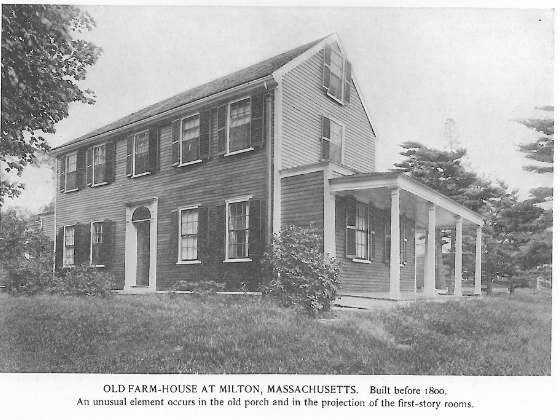
In August 1917, the White Pine Series of Architectural Monographs held its second annual competition to design a family home to be made almost entirely out of white pine, including the siding, window sashes, doors, all exposed porch and balcony lumber, shingles and more. The home would be set on a rectangular lot in West Virginia, with its architectural style and arrangement at the discretion of the architect. So, what kinds of submissions did they receive?





The judges note that plenty of designs were taken out of consideration for various technical reasons, but also because they weren’t sufficiently “architecturally excellent.” Ultimately, they awarded first through fourth place prizes and eight honorable mentions. With a few exceptions, the architects in the final twelve stuck to classic Colonial designs, with the winner showing “ a combination of imagination and good taste essential to successful country house design in a greater degree than any other competitor.”




The drawings themselves are really interesting to look at, especially with all the architectural details that are included, and some of them are frame-worthy. Check out this gallery for yourself – and see the rest (or enlarge these pages) in the Volume III, Number 4 issue of The White Pine Architectural Monographs.























